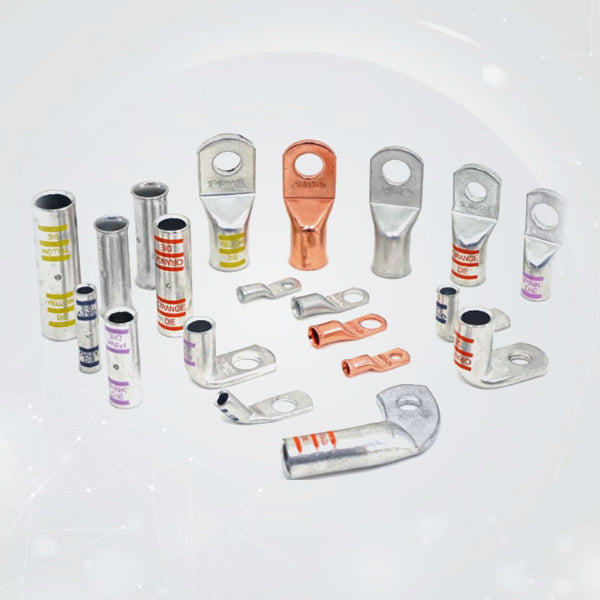
Maintaining Your Marine Grade Battery Cable Lugs: Ensuring Reliability in Harsh Environments
Marine environments present unique challenges for electrical systems. The constant exposure to salt, moisture, and vibration can accelerate the degradation of electrical connections, making the maintenance of marine battery lugs a critical task. This article provides a comprehensive guide to maintaining your marine battery cable lugs, ensuring their reliability and prolonging their service life.
The Challenges of Marine Environments
Saltwater is a highly corrosive electrolyte that can quickly degrade metal components. Moisture, humidity, and temperature fluctuations further exacerbate this corrosio process. Additionally, the constant motion and vibration experienced by boats and other marine vessels can loosen connections and cause mechanical stress on marine battery terminals. These factors combine to create a harsh environment that demands robust and diligent maintenance practices.
Why Maintenance of Marine Battery Cable Lugs is Crucial
- Preventing Corrosion: Corrosion is the primary enemy of electrical connections in marine settings. It increases resistance, reduces conductivity, and can ultimately lead to connection failures. Regular maintenance is essential to remove salt deposits and prevent oxidation on marine battery connectors.
- Ensuring Reliable Connections: Vibration and movement can cause connections to loosen over time. This can result in intermittent connections, voltage drops, and even overheating. Routine checks and tightening of connections ensure a stable and reliable electrical flow through marine battery terminals.
- Reducing Downtime and Costs: Unexpected electrical failures can lead to significant downtime and costly repairs. Proactive maintenance can identify potential issues early, preventing major problems and saving both time and money.
- Safety: Faulty electrical connections can pose serious safety risks, including electrical fires and equipment damage. Proper maintenance of marine battery lugs minimizes these risks, ensuring the safety of both the vessel and its occupants.
Maintenance Best Practices for Marine Battery Cable Lugs
- Regular Inspections: Conduct visual inspections of your marine battery cable lugs at least monthly or quarterly, depending on the frequency and intensity of use. Look for signs of corrosion, discoloration, or physical damage.
- Cleaning: Use a soft brush and a marine-safe solvent to clean any corrosion or salt deposits from the lugs and terminals. Avoid using harsh abrasives that could damage the metal.
- Tightening Connections: Periodically check and tighten all connections to ensure they are secure. Use the correct torque specifications to avoid over-tightening, which can also damage the components.
- Protective Coatings: Apply a marine-grade anti-corrosion grease or spray to the connections to provide an additional barrier against moisture and salt. Reapply this coating every 6–12 months, or more frequently in severe conditions.
- Cable Inspection: Inspect the marine battery terminal and cables for any signs of wear, cracking, or damage. Replace any damaged components promptly.
Additional Tips for Marine Battery Connectors
- Use marine battery connectors and lugs specifically designed for marine applications. These components are typically made from corrosion-resistant materials.
- Consider using heat shrink tubing to seal connections and provide extra protection against moisture.
- Store spare marine battery lugs and tools onboard for emergency repairs.
Technical Details Recap
- Inspection Frequency: Monthly or Quarterly
- Cleaning Tools: Soft brush, marine-safe solvent
- Protective Coating: Anti-corrosion grease recommended every 6–12 months
Conclusion
Maintaining your marine battery cable ends is essential for ensuring the safe and reliable operation of your vessel's electrical system. By following these maintenance practices, you can prevent corrosion, ensure secure connections, and minimize the risk of electrical failures. Regular maintenance not only prolongs the life of your components but also provides peace of mind while out on the water.





